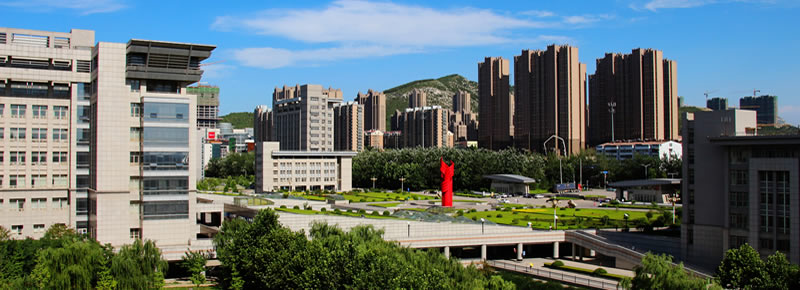Location
university of jinan
Keywords
Structural build-up; Magnesium potassium phosphate cement; 3D printing; Static yield stress; Storage modulus
Abstract
This paper focuses on the rheological properties of 3D printed magnesium potassium phosphate cements (MKPCs) with different magnesium-to-phosphate (M/P) mass ratio, MgO fineness and supplementary cementitious materials (SCMs) types. The variable shear rate tests were used to monitor the extrudability. The highest slope of the evolution of storage modulus (G') and the maximum static yield stress (Mτs) value were used as an indication of the rigidification rate. The increased M/P mass ratio, MgO fineness and SCMs addition resulted in the promoted structural build-up of 3D printed MKPCs. The consistency between the evolution of G' and Mτs with elapsed time were observed and the comparable time values of tg and tMτs were obtained. XRD results indicate the reversible agglomeration at the very early minutes can be ascribed to the solely physical flocculation changes other than the new hydration product.
Included in
Rheological properties and structural build-up of 3D printed magnesium potassium phosphate cement
university of jinan
This paper focuses on the rheological properties of 3D printed magnesium potassium phosphate cements (MKPCs) with different magnesium-to-phosphate (M/P) mass ratio, MgO fineness and supplementary cementitious materials (SCMs) types. The variable shear rate tests were used to monitor the extrudability. The highest slope of the evolution of storage modulus (G') and the maximum static yield stress (Mτs) value were used as an indication of the rigidification rate. The increased M/P mass ratio, MgO fineness and SCMs addition resulted in the promoted structural build-up of 3D printed MKPCs. The consistency between the evolution of G' and Mτs with elapsed time were observed and the comparable time values of tg and tMτs were obtained. XRD results indicate the reversible agglomeration at the very early minutes can be ascribed to the solely physical flocculation changes other than the new hydration product.





